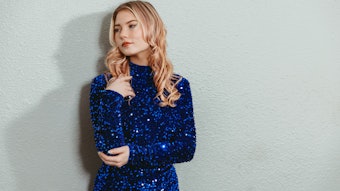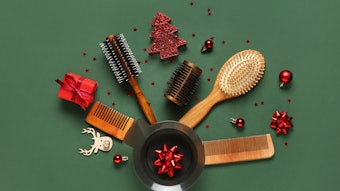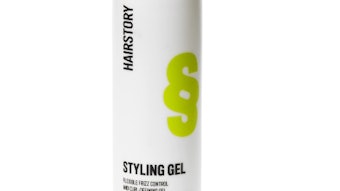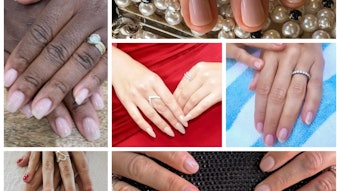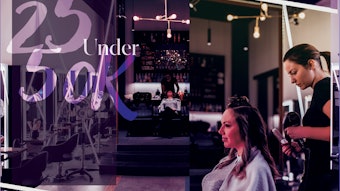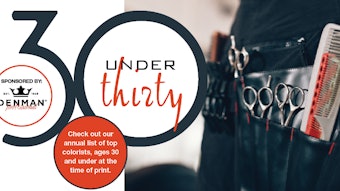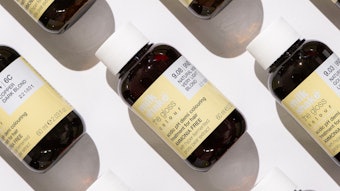 Beauty Across Time: Part 5
Beauty Across Time: Part 5
1890: The Proctor & Gamble Company turns its focus to soap, producing more than 30 different kinds.1892: Dr. Sitts's niece brings nail care to women, and the Sitts method reaches the U.S. Before Sitts's orangewood stick invention, people used metal tools, acid and scissors to manicure nails.
1896: “Beauty parlors” spread and now cater to women of different incomes.
1898: African-American Lyda D. Newman patents a new and improved hairbrush made with synthetic bristles.
1898: Berlin chemist Hans Schwarzkopf opens a tiny drugstore with a popular perfume section. Later he will create the Schwarzkopf company.
Use of cosmetics was generally frowned upon in late-19th-century America. Makeup's only acceptable role was on stage, where actresses like Sarah Bernhardt and Lillie Langtry were popular beauties of the 1880s.
Women still secretly used cosmetics, however. Because most middle-aged women of the time did a lot of entertaining in their homes, many sought a naturally beautiful, younger look. And since most cosmetic products were not even sold openly, many women began using household items like charcoal for makeup substitutes. Others wore veils or entered salons via back door entrances to conceal their patronage local beauty salons.
By 1909, though, cosmetics were freely available in beauty salons and stores instead of hidden underneath counters. The first trends in cosmetics history included false eyelashes and pressed powder.
Coming tomorrow: A New Wrinkle in Skin Care
